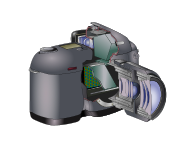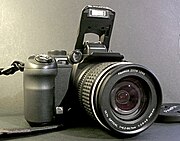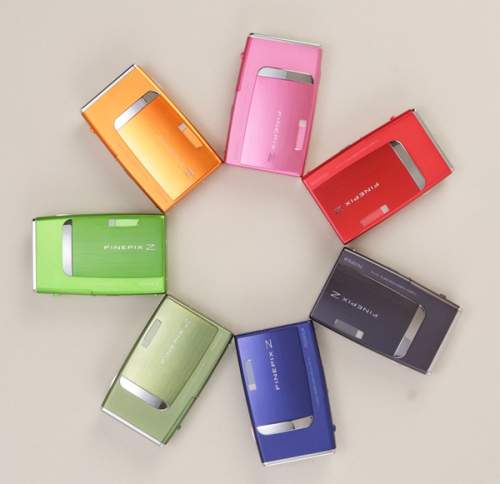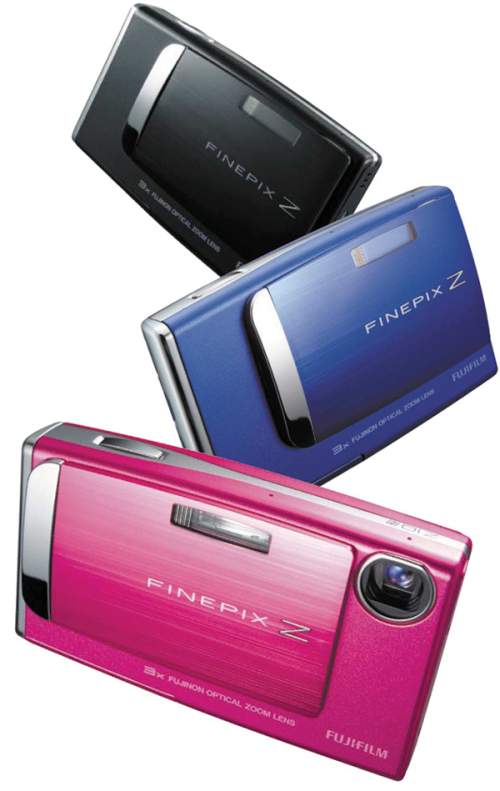When digital cameras became common, a question many photographers asked was whether their film cameras could be converted to digital. The answer was yes and no. For the majority of 35 mm film cameras the answer is no, the reworking and cost would be too great, especially as lenses have been evolving as well as cameras. For most a conversion to digital, to give enough space for the electronics and allow a liquid crystal display to preview, would require removing the back of the camera and replacing it with a custom built digital unit.
Many early professional SLR cameras, such as the NC2000 and the Kodak DCS series, were developed from 35 mm film cameras. The technology of the time, however, meant that rather than being a digital "backs" the bodies of these cameras were mounted on large, bulky digital units, often bigger than the camera portion itself. These were factory built cameras, however, not aftermarket conversions.
A notable exception is the Nikon E2, a camera followed by Nikon E3, using additional optics to convert the 35mm format to a 2/3 CCD-sensor.
A few 35 mm cameras have had digital camera backs made by their manufacturer, Leica being a notable example. Medium format and large format cameras (those using film stock greater than 35 mm), have a low unit production, and typical digital backs for them cost over $10,000. These cameras also tend to be highly modular, with handgrips, film backs, winders, and lenses available separately to fit various needs.
The very large sensor these backs use leads to enormous image sizes. The largest in early 2006 is the Phase One's P45 39 MP imageback, creating a single TIFF image of size up to 224.6 MB. Medium format digitals are geared more towards studio and portrait photography than their smaller DSLR counterparts; the ISO speed in particular tends to have a maximum of 400, versus 6400 for some DSLR cameras.













